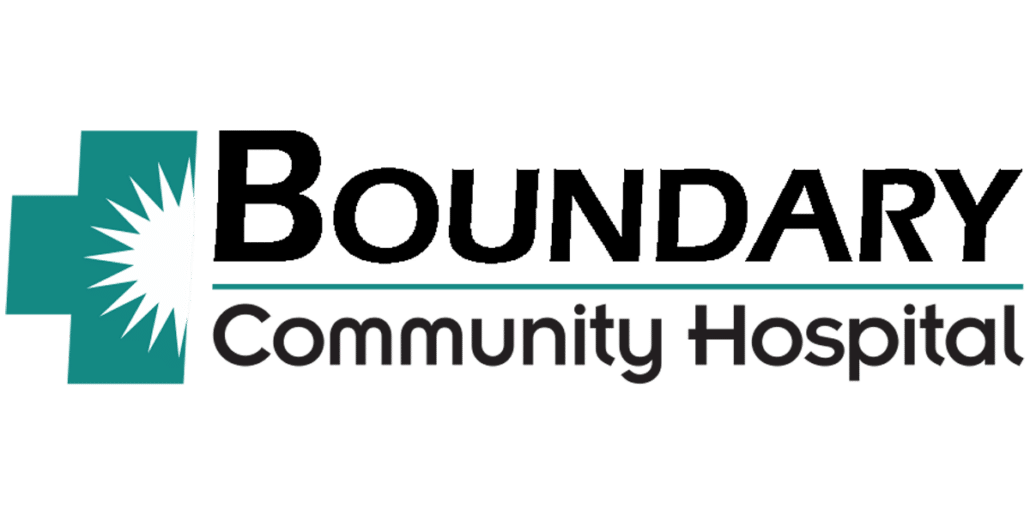Time Sensitive Emergency
Stroke !!! Think F-A-S-T By: Stu Willis, MD – Emergency Department Director, Boundary Community Hospital A drooping face, weakness or numbness on one side, slurred or garbled speech … this might be a stroke! Like heart attacks, a stroke is a life-and-death emergency; time is critical and every second counts, so think F-A-S-T and dial […]
Time Sensitive Emergency Read More »
